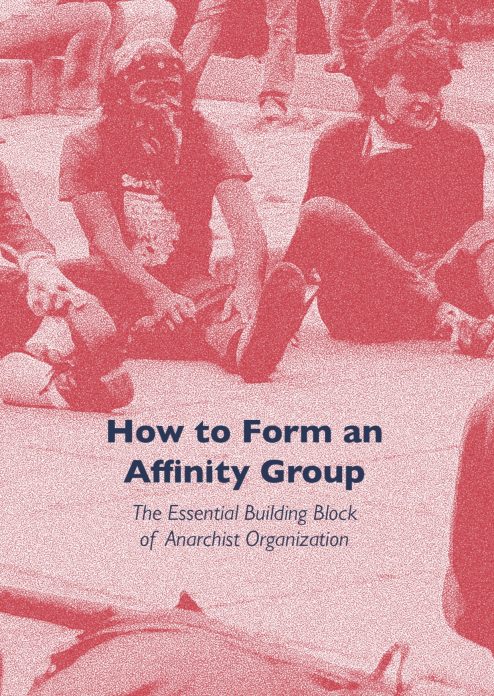Reds on the Green by Fagin.
£2.00
A Short Tour of Clerkenwell Radicalism, Encountering a Cast of Characters and Events including: Wat Tyler and the Peasants Revolt… Jack Sheppard… the Rookeries… the London Mob and the Gordon Riots… the Chartists… the Fenians… Lenin…Dan Chatterton and Guy Aldred… Gentrification…
Description
This text is a short sketch of the radical history of the Clerkenwell area, its characters and events. There has been little easily available to read concentrating specifically on the long and rich history of the politics and struggles of the area. The following account charts the changing fortunes and developments of the communities, classes and individuals involved. It also offers some passing comments on the Clerkenwell of today.
Clerkenwell, for non-Londoners, is one of the oldest suburbs of the old City of London; it lies just to the North-West of the City. The area is now part of the London Borough of Islington.
Much of the content of this text was explored in a walking tour around Clerkenwell in June 2003, organised by the author as a South London Radical History Group event.
A Dedication:
To Dan Chatterton and Guy Aldred, two fine sons of Clerkenwell and its radical culture. And to all the more anonymous Clerkenwellians who sustained that culture; those men, women and children who left such a rich legacy. Finally, to all those who accompanied me on the history walk in June 2003 that inspired this text.
Foreword
What do we look for in history? It depends on who looks; for today’s estate agents and property developers Clerkenwell’s historical associations are merely another aspect of the place to be exploited for profit. The occasional historical reference inserted into a sales pitch just adds more gloss to their oily words. As we write (2005), gentrification continues in Clerkenwell, with all its benefits and drawbacks for different sections of the local population, depending on ‘which side of the fence’ they are located. And Smithfield is under renewed threat from the developers – it seems that anywhere that retains a trace of real character must be ‘redeveloped’ by these greedy vultures into an ugly synthetic parody of itself. Those aspects of a place that give it an interesting, inspiring ambience and atmosphere must be sacrificed in thepursuit of capitalising a maximum profit turnover on every square inch. History will condemn them and, hopefully, consign them to its dustbin – but meanwhile we have to live and struggle with their ‘contribution’.
But for those of us looking back without such shameful motivations, we seek a better understanding of and grounding in the present through a knowledge of the past we came from. We also, perhaps, need reminding of what was achieved, what was tried and what failed to be achieved in past struggles in locations like Clerkenwell. The culture of community, commonality and solidarity that sustained these struggles of the poor and dispossessed were what made them possible. It is the immediate shortage of these qualities felt by many in the present that inspire us to look back to past victories and defeats for illumination of the present tasks we face.
Those who ignore the mistakes of the past really are condemned to repeat them.
And so, back to the beginning…
Additional information
| Weight | 0.110000 kg |
|---|











